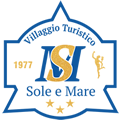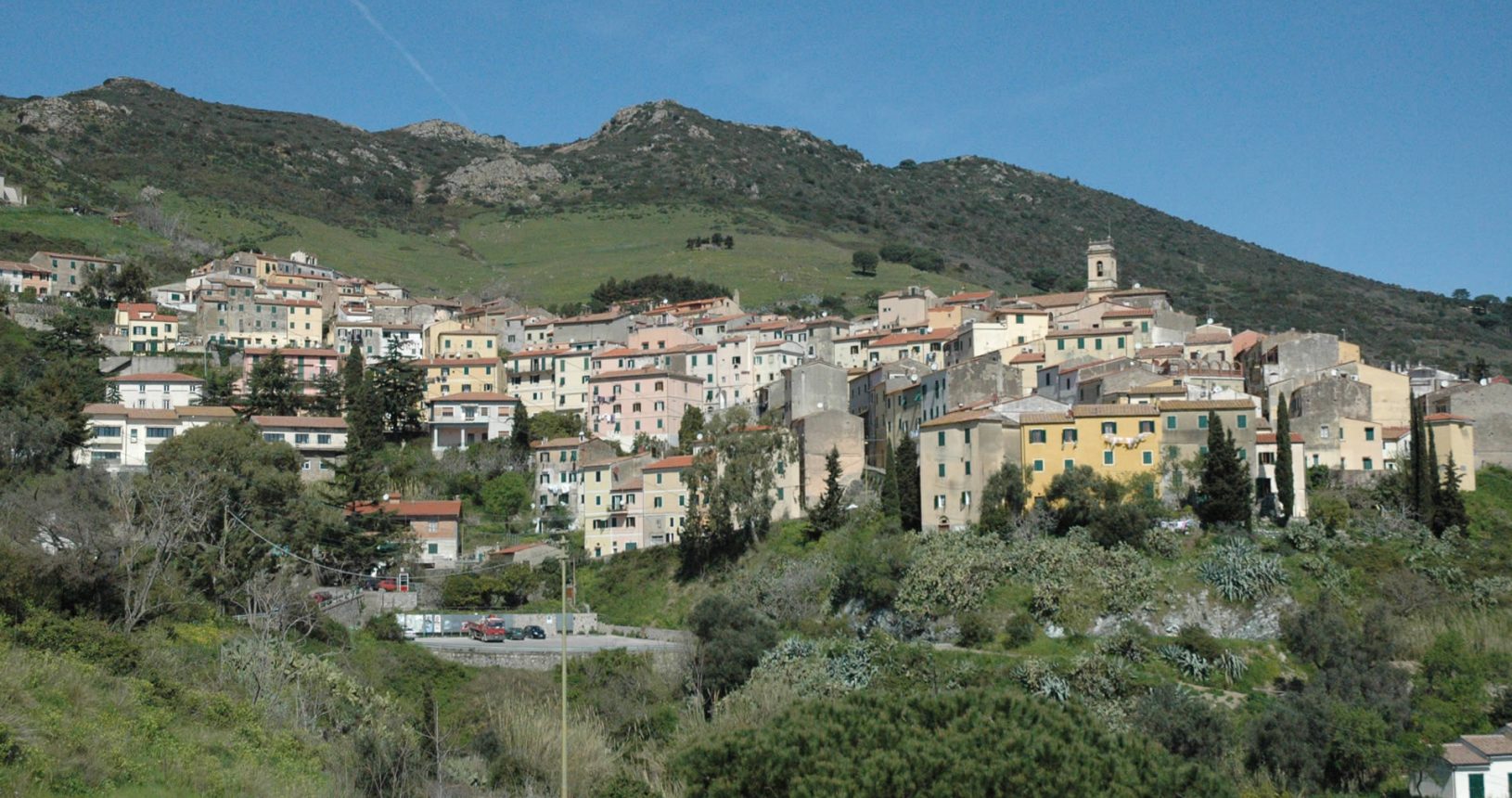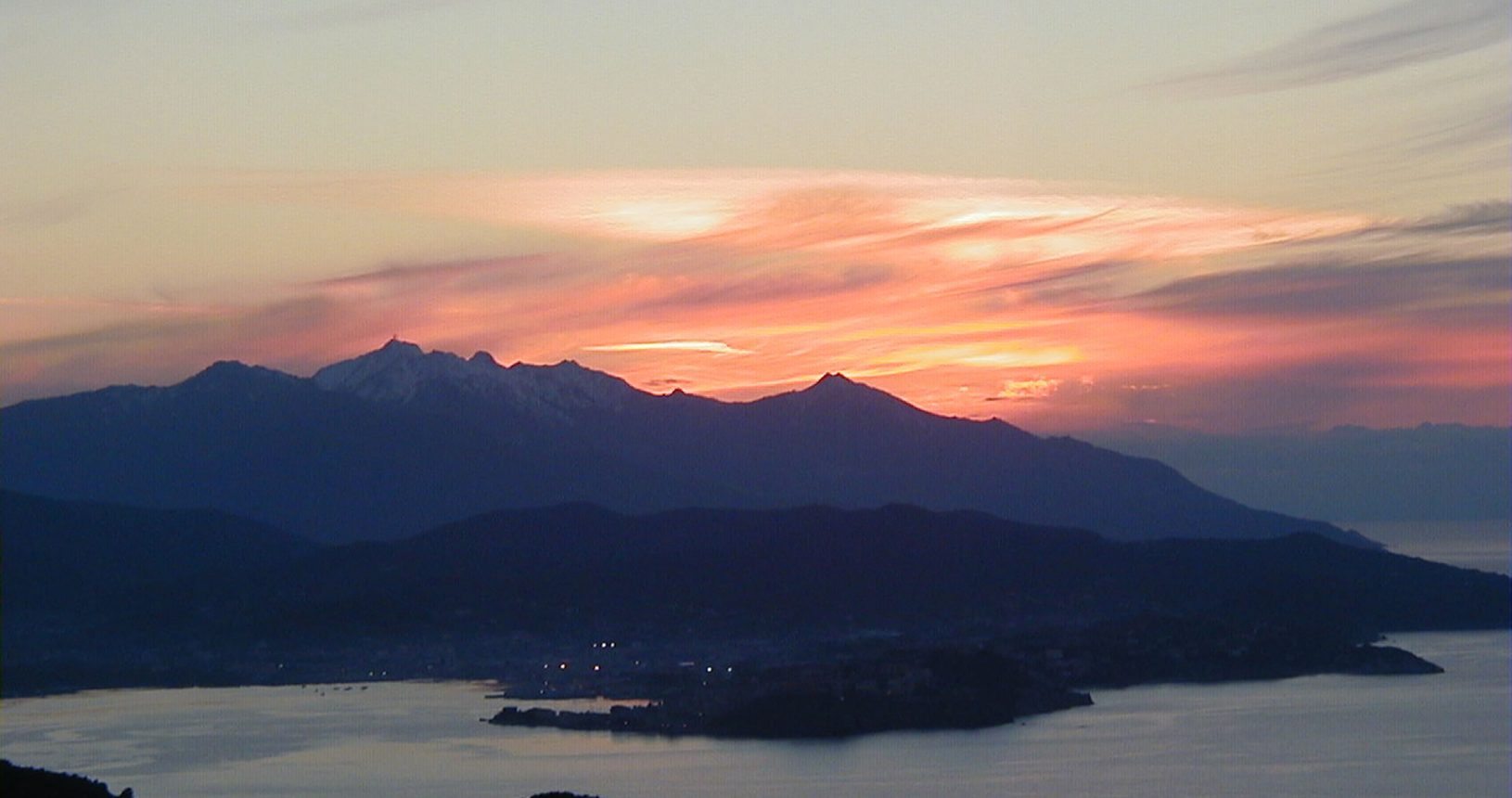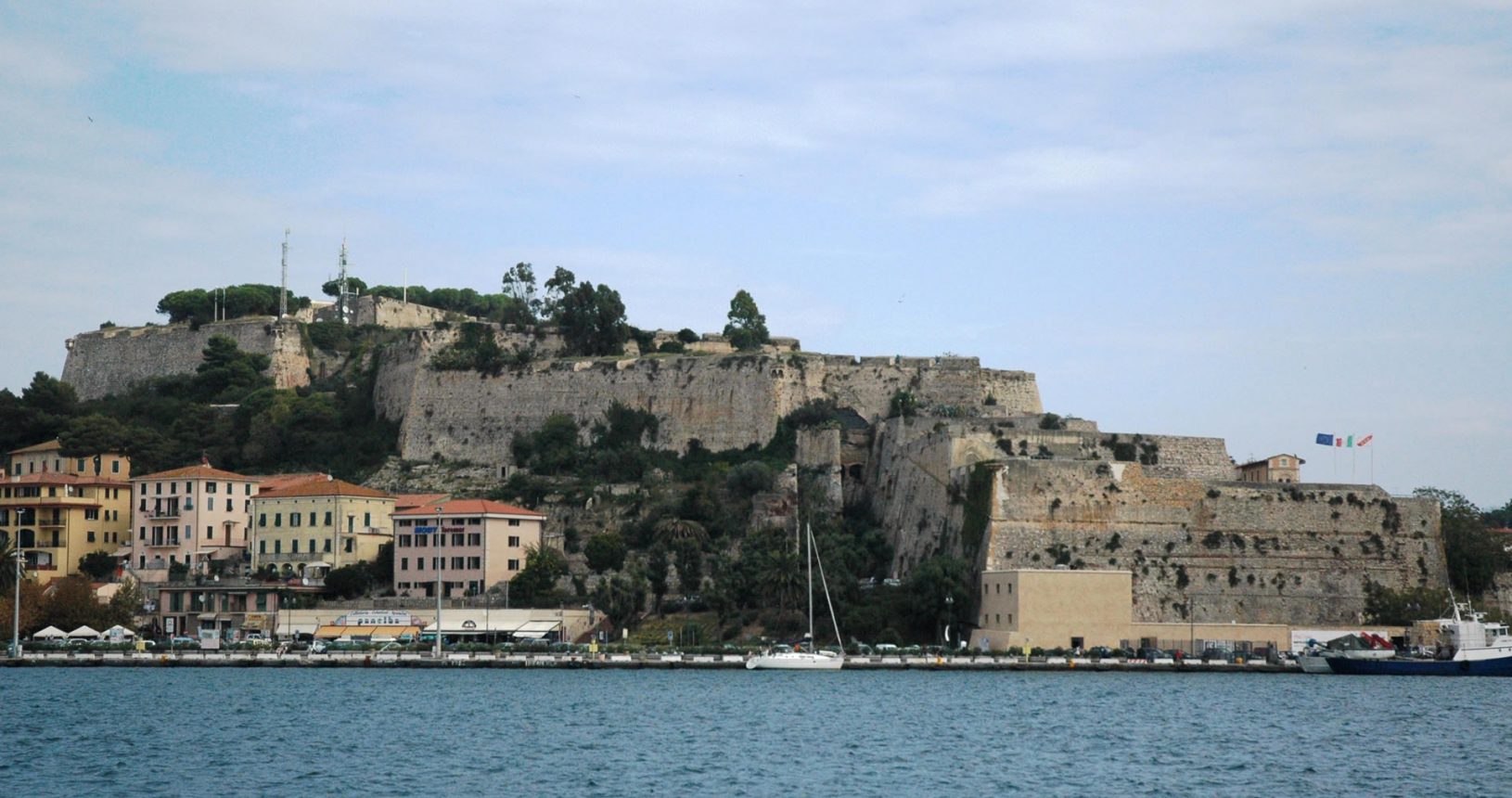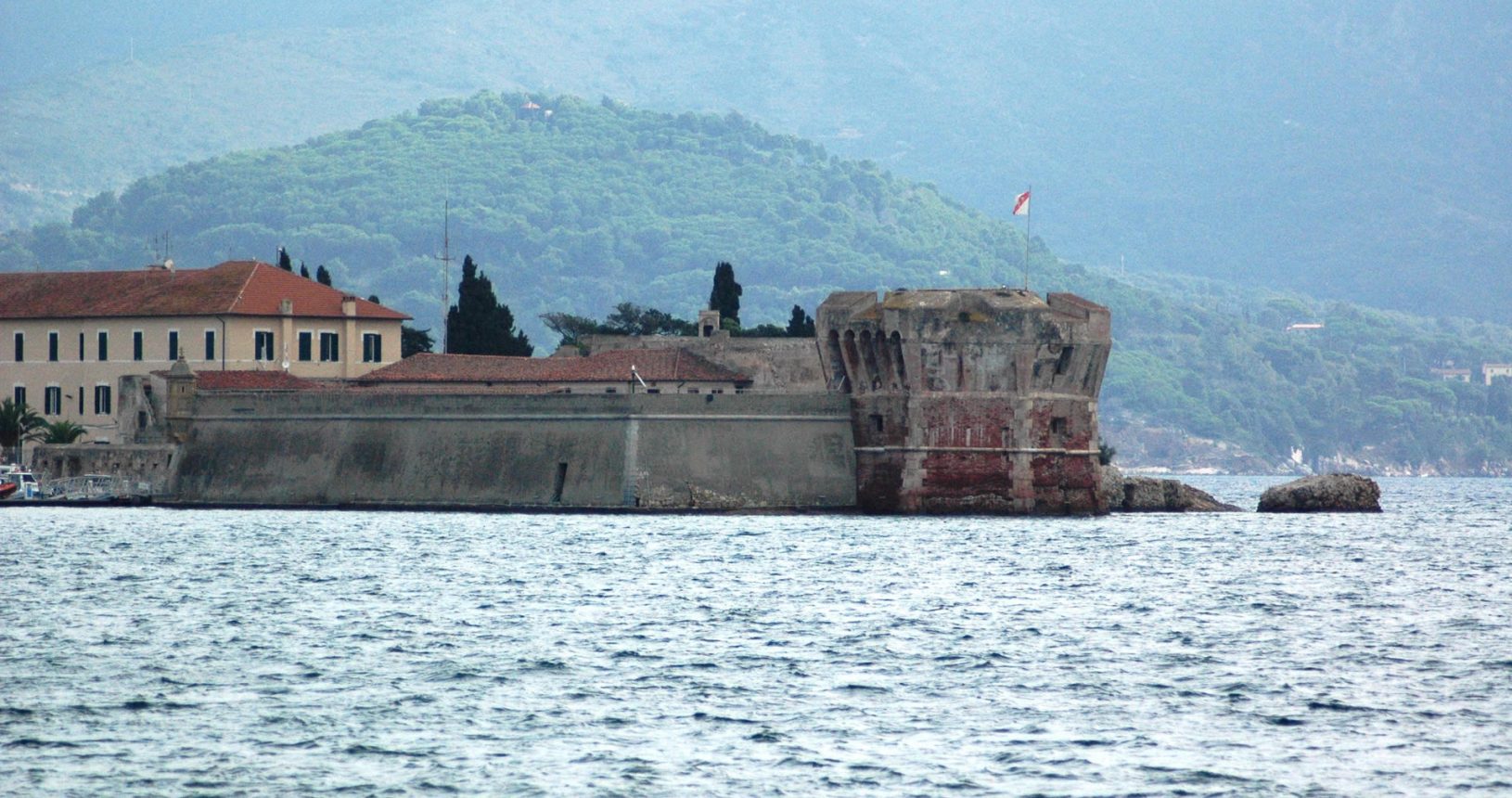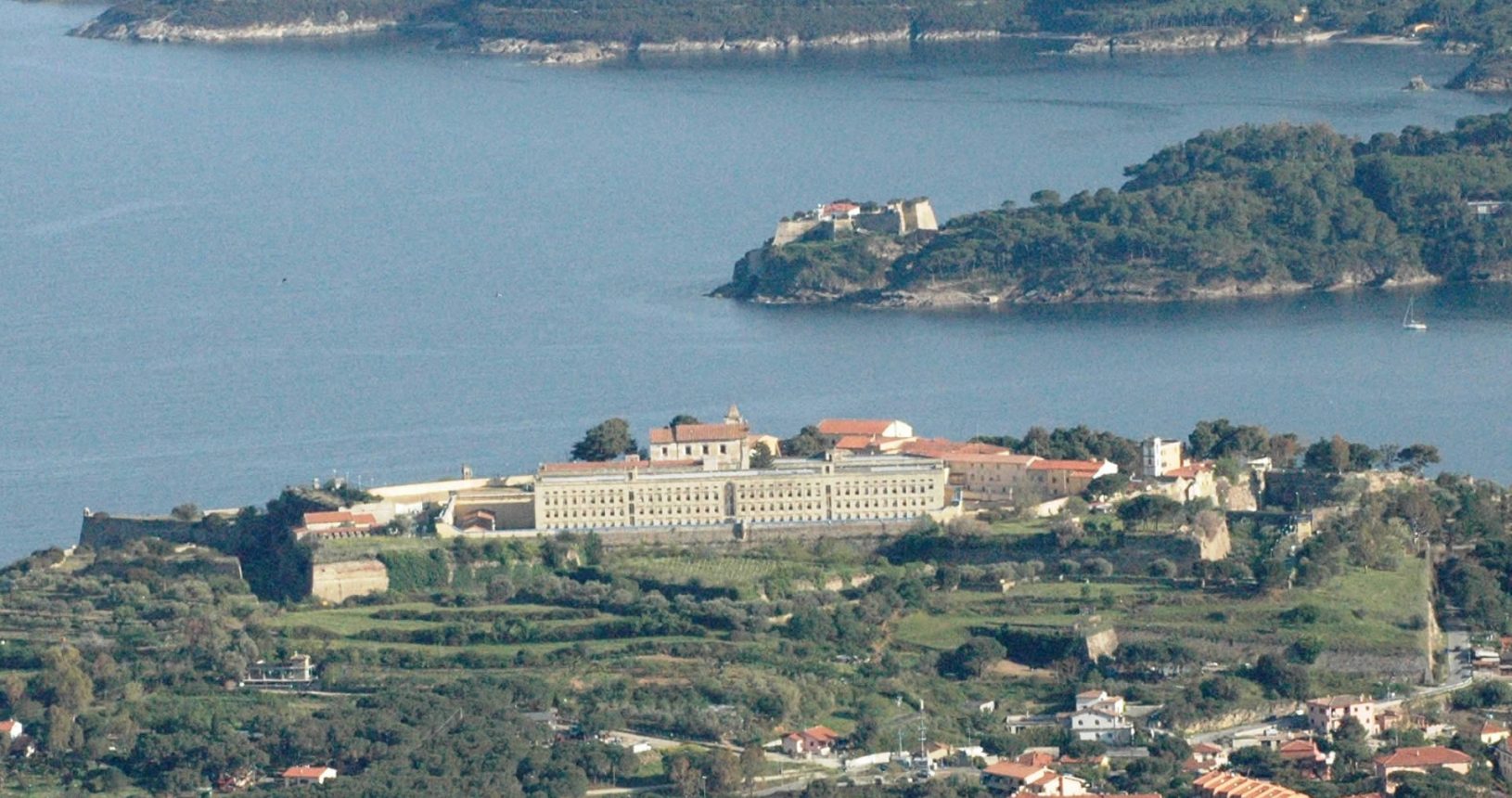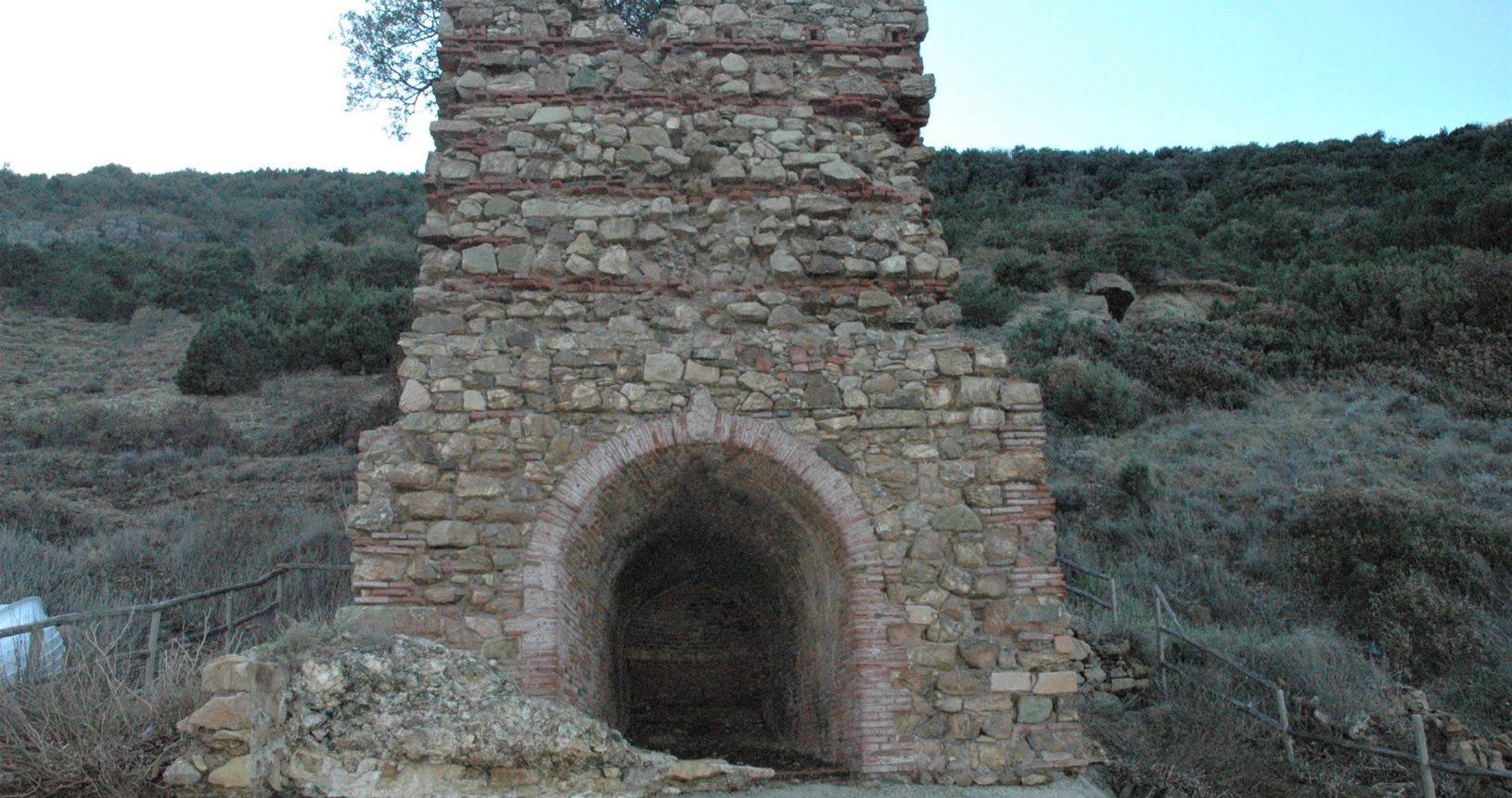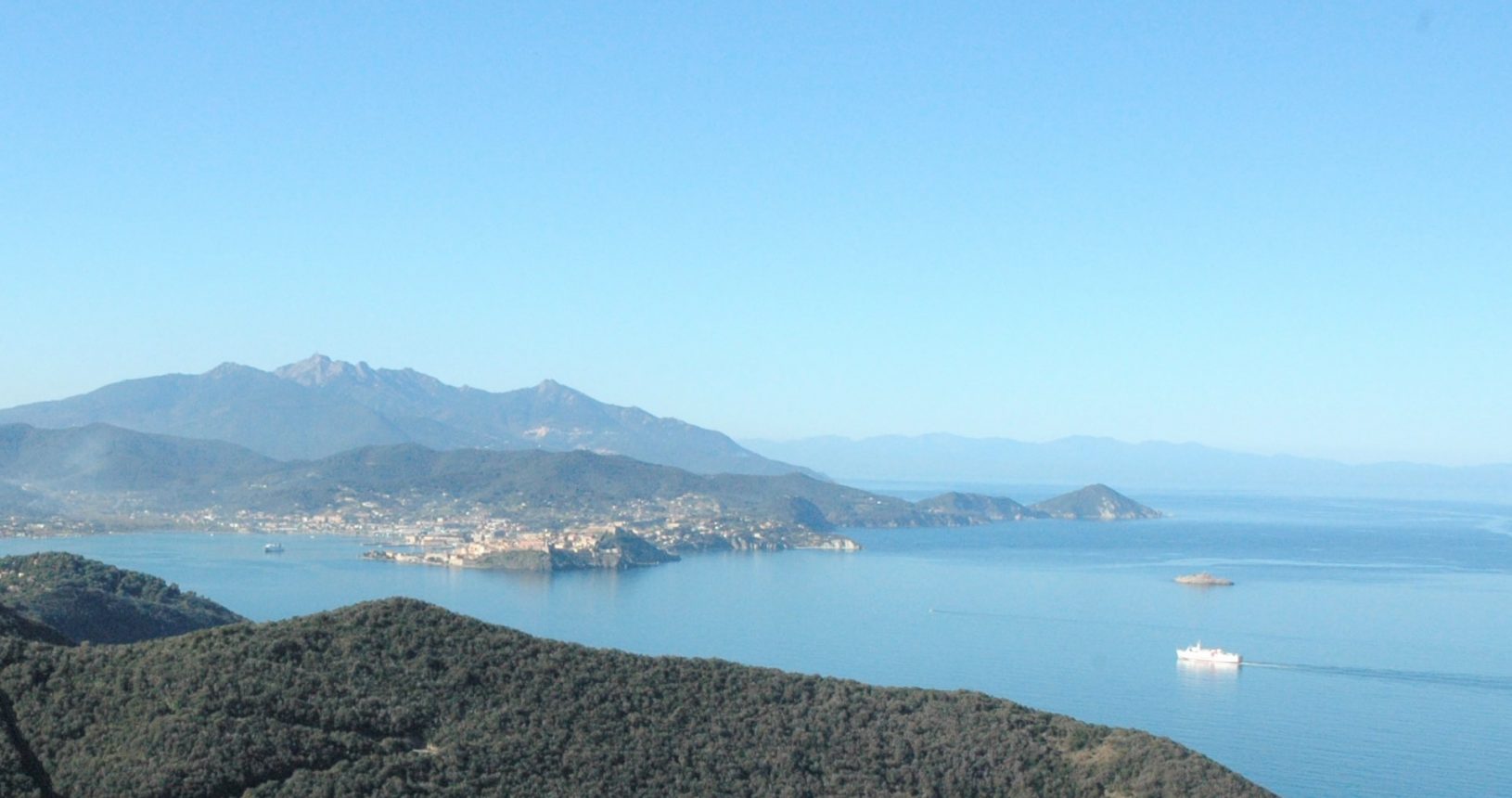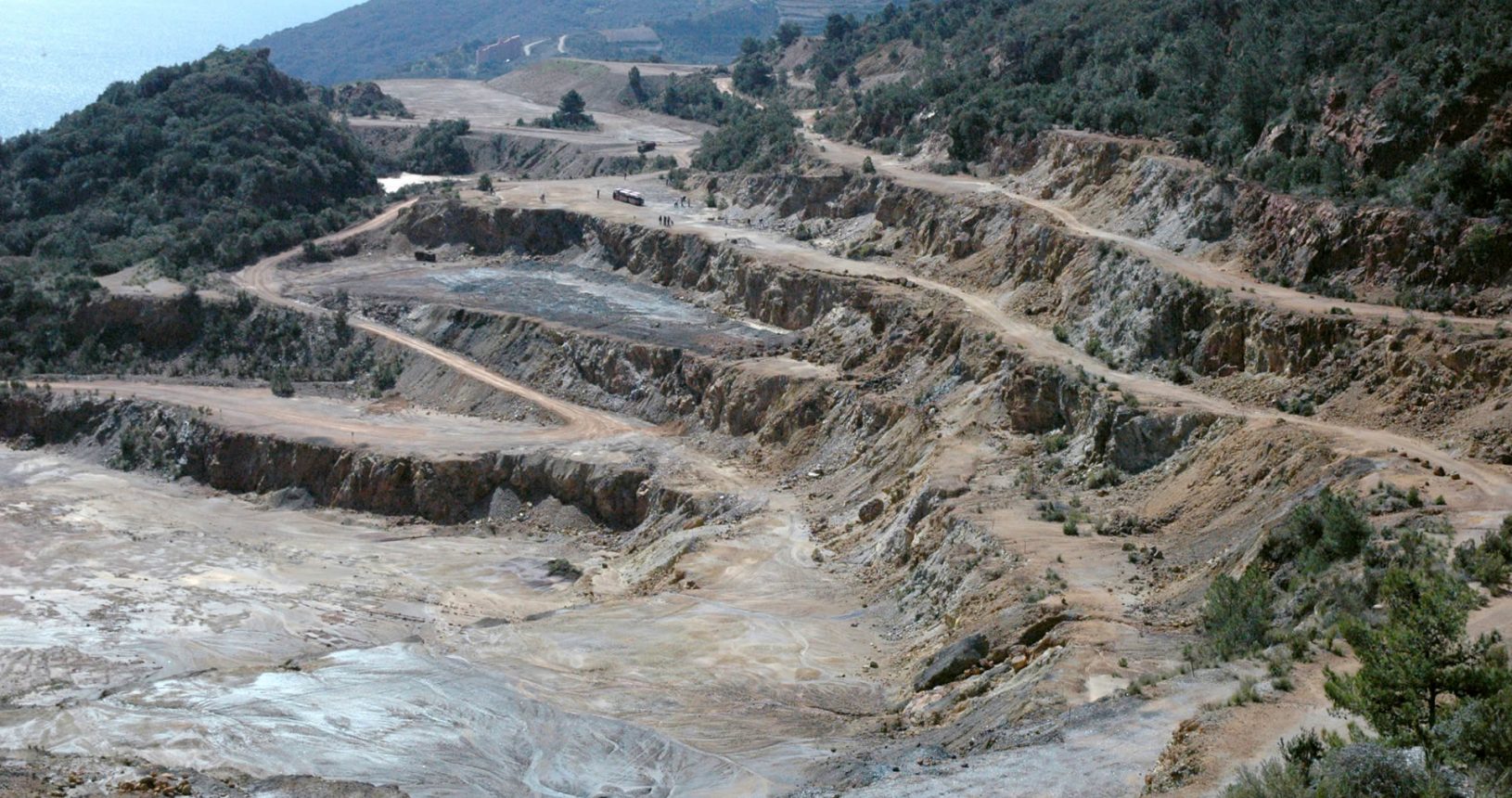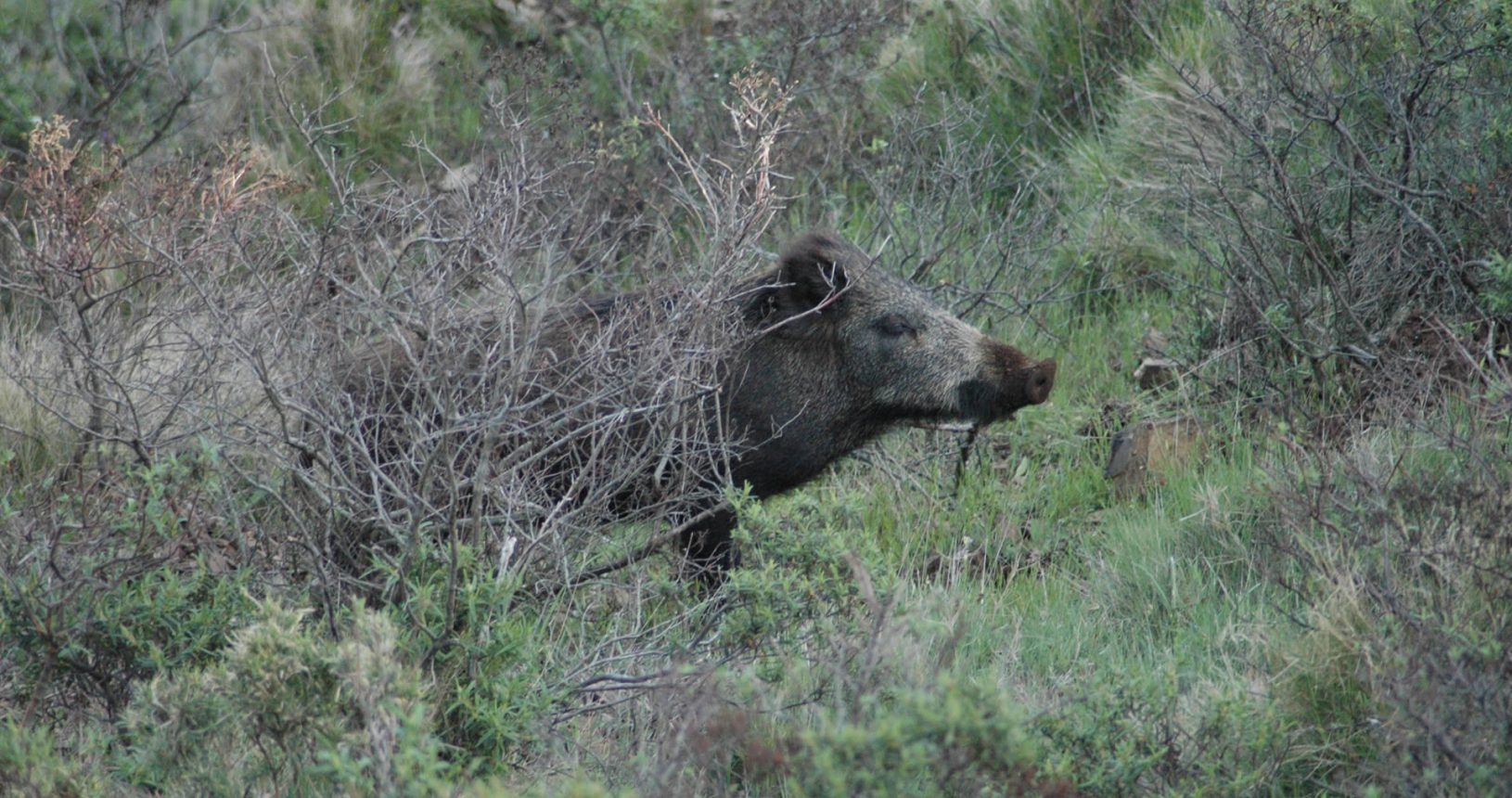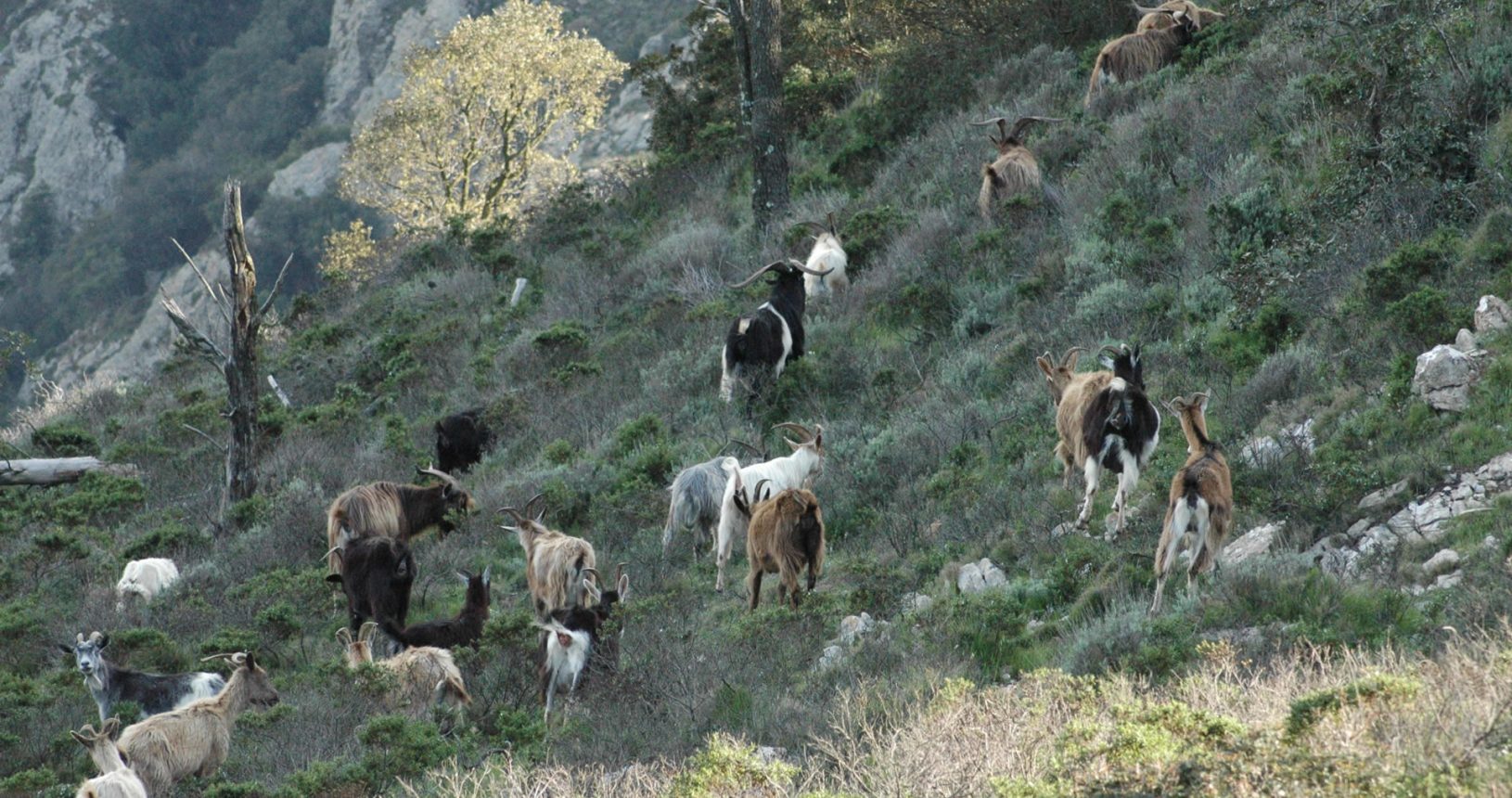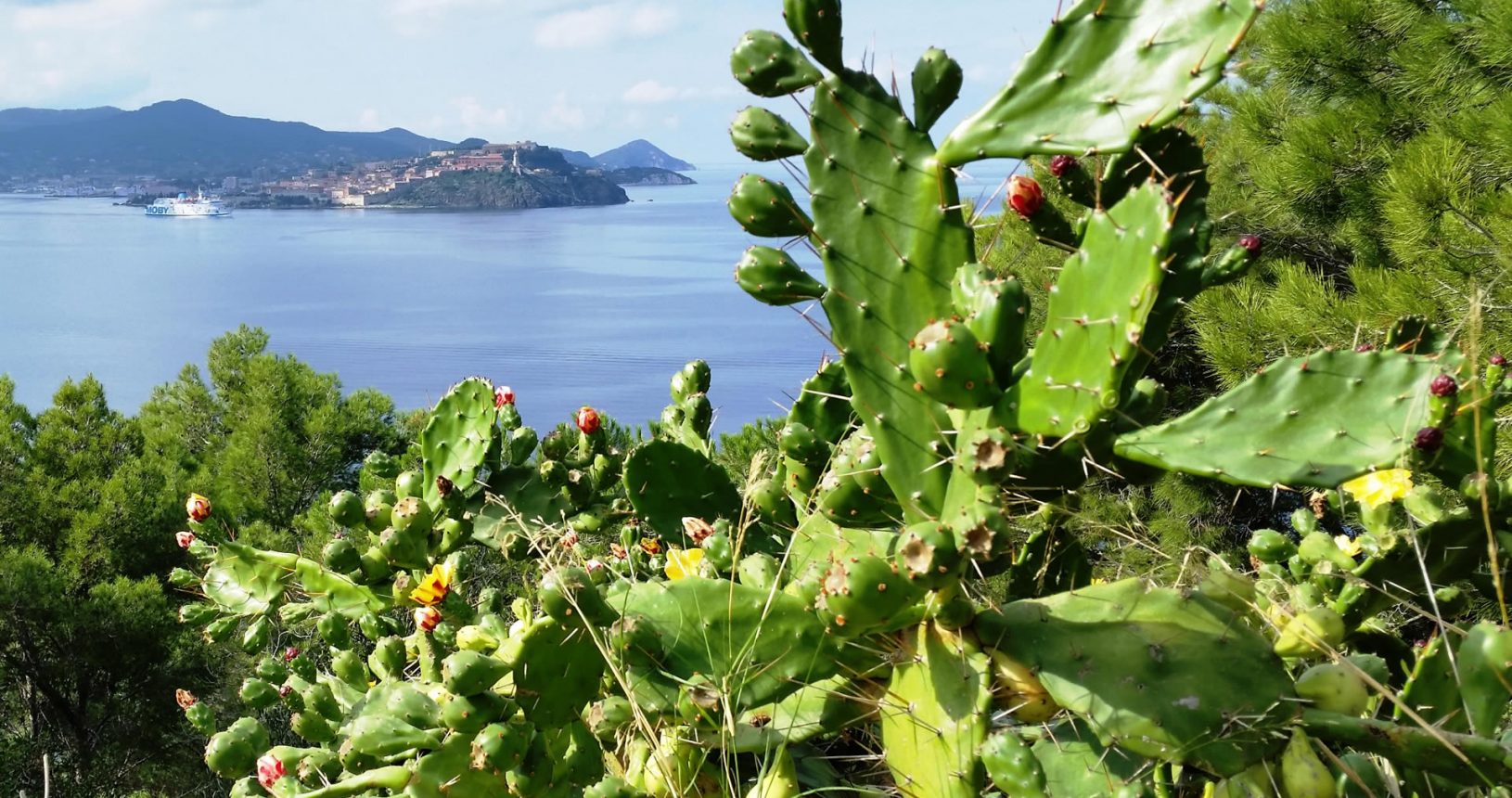History of the Island of Elba
Over the years, history has offered us many theories and legends as regards the birth and age of the Island of Elba, but what we do know for certain is that various discoveries prove the Island was already inhabited during the Stone Age.
In the V century the Greeks called the Island Aethalia, which means flame, due to the high flames that could be seen coming from the furnaces where the iron was melted. This mineral was in fact the cause of the many battles in an attempt to rule the Island and control its iron deposits, going back as far as the Argonauts of Giasone who named what is today Portoferraio Porto Argo.
Then it was the Etrurians’ turn in the VIII century BC to exploit the iron deposits, and then move on to the nearby Populonia with all their wealth once their wood supply had come to an end.
The Carthaginians and the Romans took their place, achieving great military success also thanks to the javelin, an iron headed weapon. Not only did they inherit the newly born iron industry but they also placed much importance on wine production and the natural beauty of Elba, thus giving birth to flourishing maritime transport.
Thanks to the conquest of the Medici, impressive fortresses were built all over the Island in order to protect them from the savage Saracen pirate attacks.
This brings us to Napoleon, who, despite his brief exile in 1814 for 10 months, left indelible traces of his stay: Villa dei Mulini, looking over Portoferraio, and his summer residence Villa San Martino, today both Museums.
The Ilvati, whose name comes from ILVA, from Liguria, seem to have been the first inhabitants of the Island.
In recent years, the island has become famous abroad too not only thanks to its breathtaking beauty but also because of its wine (the Romans had started exporting it), the Aleatico, a sweet liquer wine made from sun dried grapes best enjoyed along with the traditional "schiaccia briaca".
The Island of Elba, measuring 223 square kilometers with its 147 km of coastline, is the third biggest island in Italy and the biggest in the Tuscan Archipelago. Along with the Islands of Pianosa, Capraia, Gorgona, Montecristo, Giglio, Giannutri, Cerboli and Palmaiola, it is part of the National Park of the Tuscan Archipelago. To the north we have the Mar Ligure, to the west the Strait of Piombino, to the south the Mar Tirreno and to the east the Strait of Corsica, 50km away. It measures 18 km from north to south and 27 km from east to west.
It is divided into 7 townships: Campo nell’Elba, Capoliveri, Marciana, Marciana Marina, Porto Azzurro, Portoferraio, the biggest town and the most important port, and last but not least Rio with two ports: Rio Marina and Cavo, under the Province of Livorno. It has about 30,000 inhabitants which needless to say increase considerably during the summer months.
Elba offers a very rich variety of stones, rocks and minerals, proof of a number of geological events which have brought about the formation of the island; on the west we have the granite massif of Monte Capanne (1018 m) also known as the "roof of the Tuscan Archipelago".
For those who wish to do underwater swimming, be they beginners or experts, there is a wide selection of beaches and cliffs all over the Island, for example:
- the wreck in Pomonte, near the Ogliera rock, lying on the sandy sea bed, is only 10m deep;
- the Formiche (literally “Ants”) of La zanca, on the west of the Island near Capo Sant’Andrea, a vertical wall from 20 to 40 m high covered in red horny coral;
- Capo Stella, an intriguing dive going down as far as 41 m where you can admire many species of fish, red horny coral and red coral;
- the Picchi of Pablo, from 8 to 33 m deep, with explosions of white and yellow horny coral, and yellow sponges covered in shrimps;
- the Scoglietto (little rock) of Portoferraio, an underwater landslide from 20 to 35 m deep and very little current. Here you can see many barracuda as well as many other species.
Tuscan Archipelago National Park
The National Park includes the seven islands in the Tuscan Archipelago: Elba, the biggest, measures 233,50 km², followed by Giglio that is 21,20 km², then Capraia that is 19,30 km², then Montecristo that is 10,40 km², then Pianosa that is 10,25 km², then Giannutri that is 2,6 km², the most southern island, and finally Gorgona, the smallest and most northernly island, that is 2,2 km².
